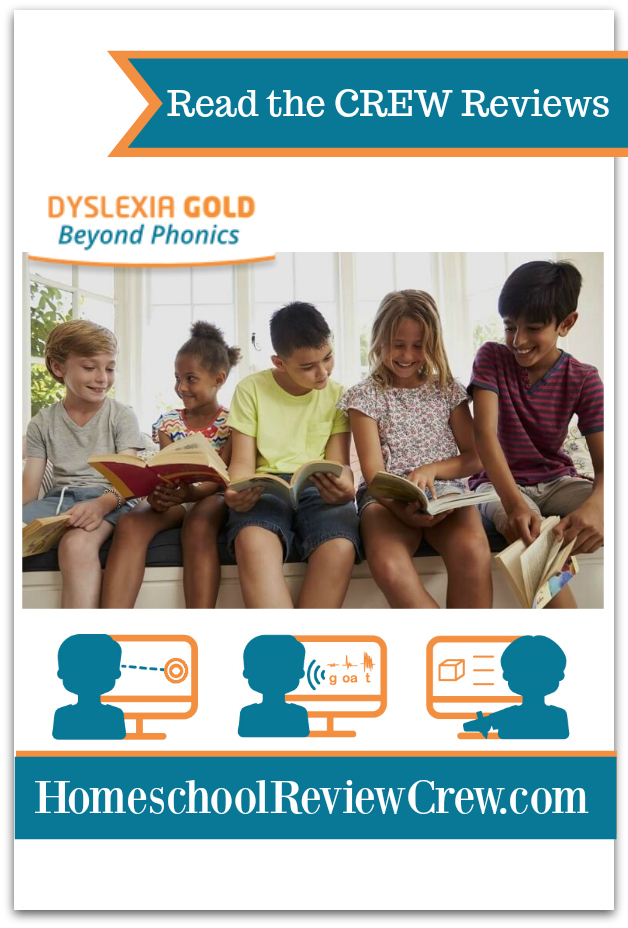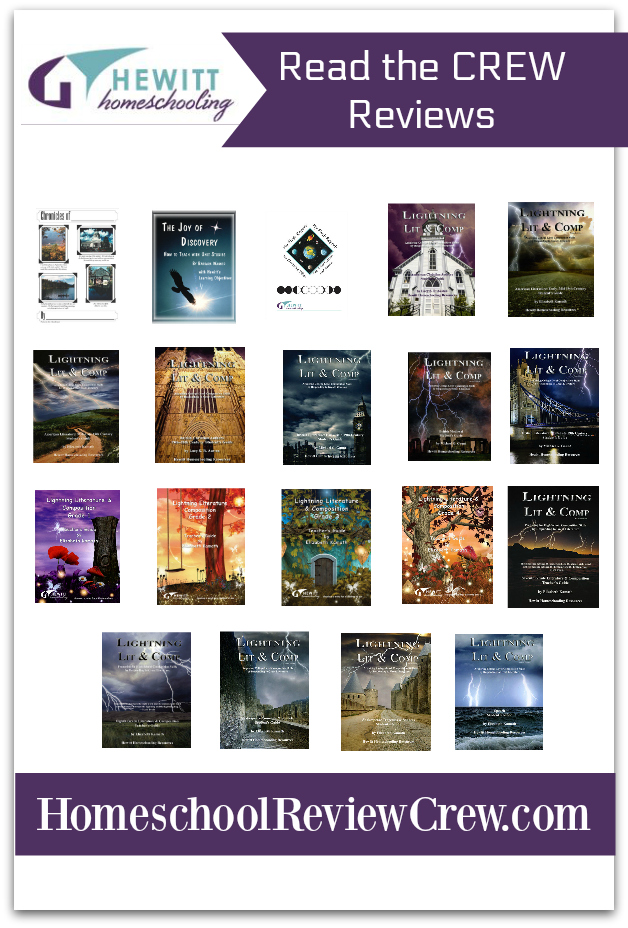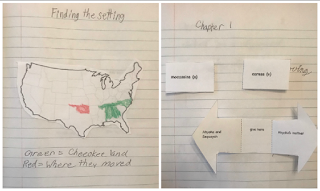
A good friend on the Homeschool Review Crew knows that Lauren is still struggling some with reading and suggested that I took a look at Dyslexia Gold when we had the opportunity to do reviews of it. Lauren has made significant strides when it comes to reading and reading comprehension skills this past year, but she's still working below her grade level. Although I wasn't sure how well the whole Dyslexia Gold Full Bundle would work for us, there were definitely some parts of the program that I wanted to try with Lauren.
Dyslexia Gold's Full Bundle includes four somewhat separate programs: Engaging Eyes, Fluency Builder, Spelling Tutor, and Times Table Tutor.
Lauren has used many, many reading programs, including several that were heavily phonics based. She actually reads quite well if I'm just measuring her ability to pronounce all the words in the text. In fact, when we started using Dyslexia Gold she was tested to find out her average words per minute score on a particular passage. Further online research led me to believe that her score of 151 words per minute was an acceptable score for an upper elementary grade student. I wanted to continue using Dyslexia Gold to see what sorts of improvements could be made for a student who struggled, but who was well beyond the beginner stages of reading.
Engaging Eyes is the part of the program that I was most interested in. Engaging Eyes is a series of games designed so that the student practices focusing both eyes on the same point and then tracking the eyes together as they move across a line of typing. I wondered if Lauren's eyes were causing her problems while she read -- not enough to notice when she read aloud to me, but perhaps enough to cause her to fatigue easily or to be exerting so much effort keeping her eyes on track that her brain wasn't able to process the information she was reading.
One of the Engaging Eyes games used 3D glasses to make sure the eyes are focusing on different objects and then working together. Another one did not.
We found that the 3D glasses could be worn over regular prescription glasses, but the blue-light filter on Lauren's regular glasses made it so that she couldn't see correctly through the blue side of the 3D glasses. Her vision is good enough that she can see the computer screen without her glasses and she could play that game while wearing only the 3D glasses.
When Lauren logged into Dyslexia Gold's Engaging Eyes section, it had her complete the same two activities every day. I think she would have progressed to different games eventually, but she prefers programs where the activities change frequently (even if it's still working on the same skill). I later found that there were more games available under a different tab, but not necessarily showing up automatically for her.
If you have a child that is struggling with reading or a child who could use extra phonics practice while learning to read, it would be well worth your time to check out Dyslexia Gold. You can click on the banner below to read other reviews from Homeschool Crew Review families who have been using the program for the past few months.


©2009-2019 Through the Calm and Through the Storm. All rights reserved. Photos and content may not be reproduced. http://throughthecalmandthroughthestorm.blogspot.com


































